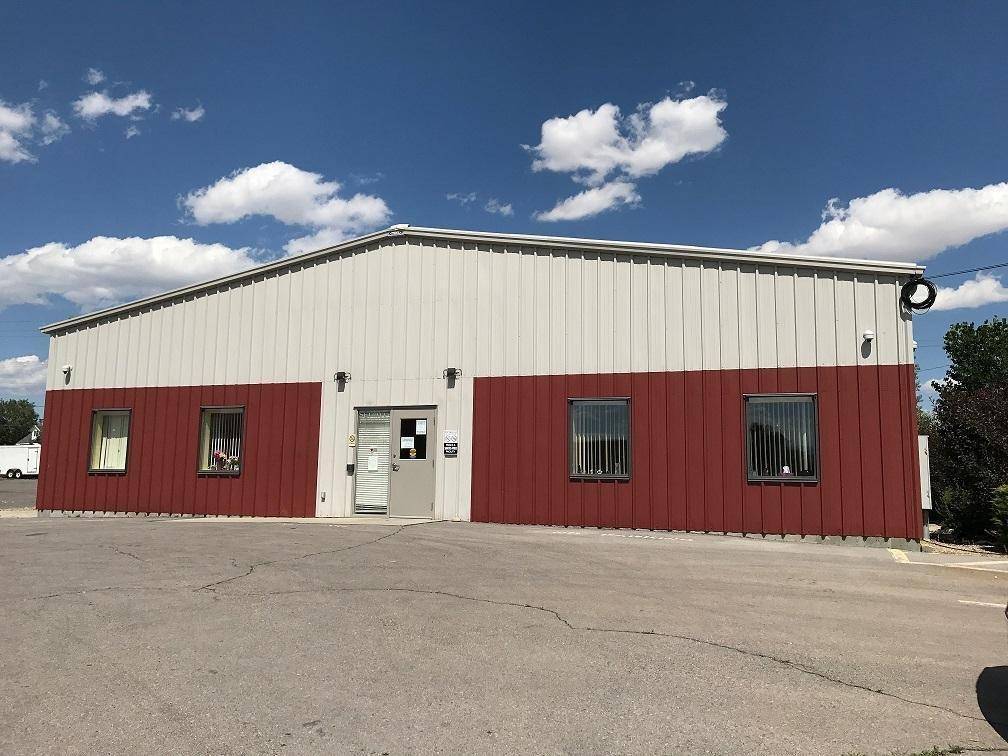Carbon County Food Bank. ETV News stock photo.
Press Release
In response to increased demand for emergency food because of the economic downturn and stay-at-home order, Utahns Against Hunger surveyed pantries across the state of Utah. During the month of April, UAH heard from 77 organizations of the more than 120 organizations with a food pantry, representing approximately 95 pantry sites.
“This survey represents a snapshot of how pantries are dealing with the across-the-board increase in food need,” says Gina Cornia, Executive Director of Utahns Against Hunger. “The level of increased demand itself would be stressful on pantries. However, when you add reorganizing food distribution models, mitigating the potential of the transmission of COVID 19 during the processing and preparing of food donations, and losing a large percentage of volunteer capacity, there is serious concern about the how emergency food pantries are faring. Every day, these small organizations are on the front lines distributing food to families and individuals, in most cases without adequate resources like personal protective equipment. Pantries are meeting the need right now, but if they are going to continue to provide this level of relief, they’re going to need help. Help from the community and every level of government.”
The survey found the following:
- Pantries are following CDC and UDOH guidelines in their food distribution.
- Many pantries have seen an increase in demand.
- Pantries are meeting the need, but there is a concern for long-term sustainability.
- Eight food pantries in Salt Lake County have temporarily closed as a result of the quarantine or out of concern for safety.
- 34 percent of pantries reported a need for volunteers. However, many pantries have reduced or eliminated their volunteer operations out of concern for safety.
- Most pantries are relying on staff to process and distribute food.
- The resource needs of pantries vary from pantry to pantry, but trends did emerge.
- 59 percent reported a “non-food” need such as:
o Funding/grants for maintaining their operations (staff, utilities, storage, etc.)
o Personal protective equipment and cleaning supplies
o Providing additional services like SNAP/WIC enrollment
“Pantries need funding to continue to operate, especially with such increased demand for services. We expect a lot from these organizations. As a community, as a state, we should do more to support their work,” said Cornia.
While Utahns Against Hunger did extensive outreach to pantries, some of the larger pantries along the Wasatch Front we not available to provide input.

